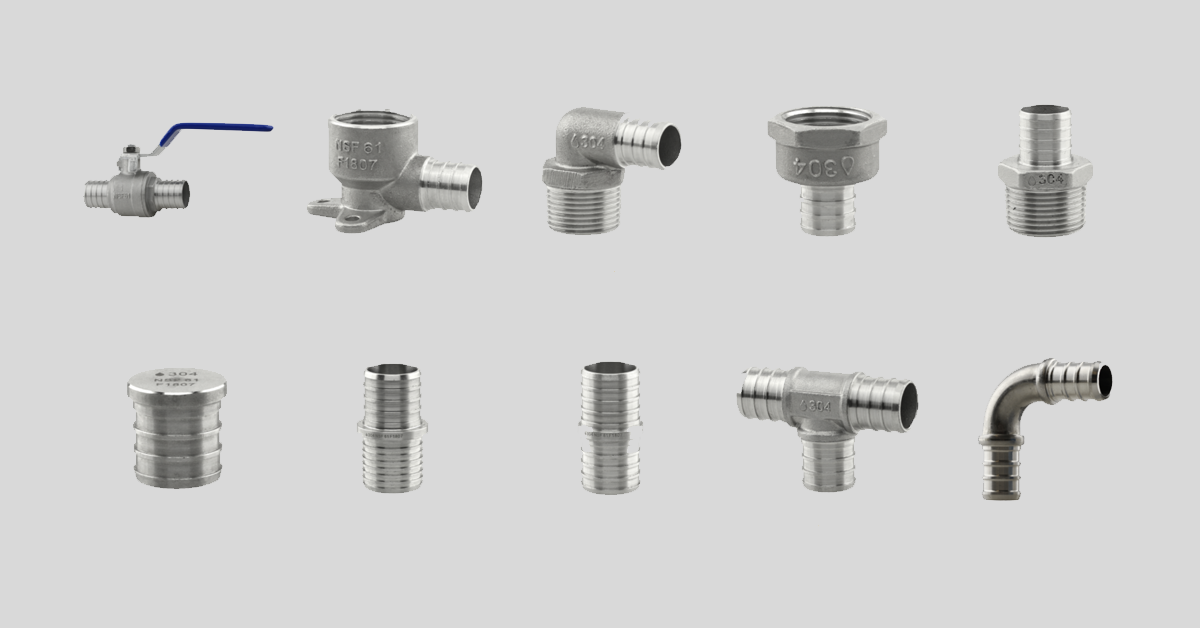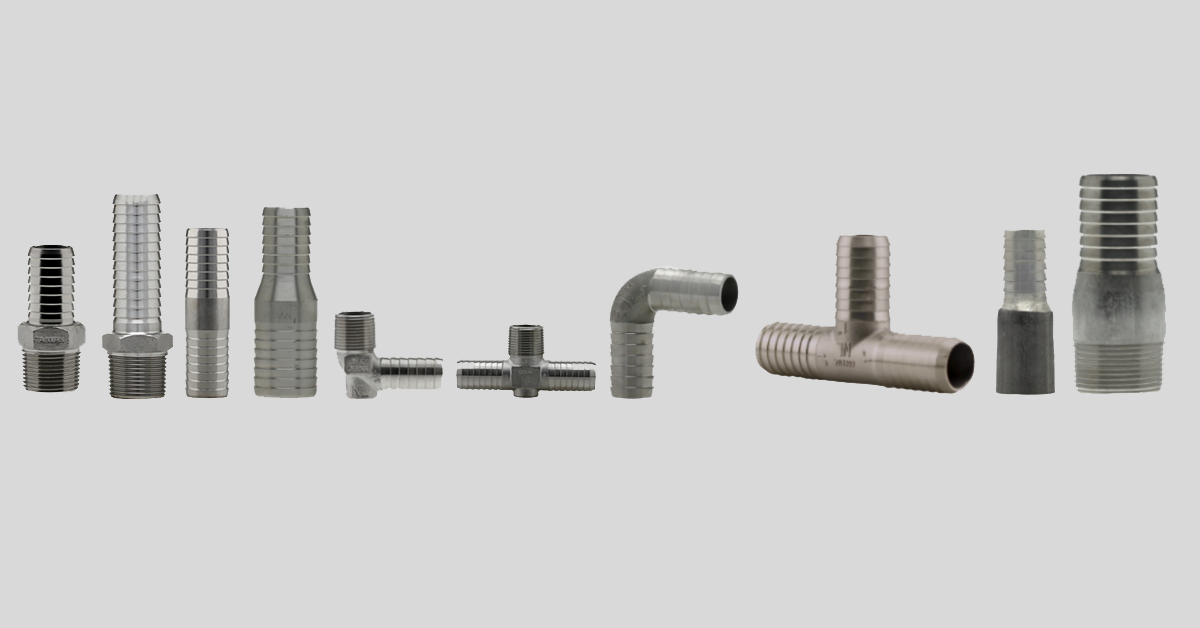Transcript
Hi there, my name is James Taverner and I'm the director of Retail Business strategy at Plumbeeze. Today, we are here to talk to you about a product category that we're very excited about. Stainless steel fittings and nipples have seen an increase across the market in common plumbing applications due to the increased cost of material and product in other such similar product categories as no lead brass. In addition, the value of the properties in stainless steel are becoming more recognized for the increased corrosion resistance. Without further ado, let's get into some questions.
Can stainless steel be used in potable water applications? Yes, Plumbeeze stainless steel fittings and nipples are in compliance with the Safe Water Drinking Act for both class 304 and 316 in potable water systems to confirm check with your local inspector.
Why are the walls thinner on galvanized, brass and bronze fittings? There are several reasons why stainless steel fittings do not require the same wall thickness as other materials. One, Plumbeeze stainless steel fittings are investment cast, creating a very smooth surface and eliminating the risk of sand holes that occur in cast brass, bronze and galvanized fittings. Two, stainless steel has a very low general corrosion rate in water, so no corrosion allowance is required. Three, stainless steel alloys have extremely high structural strength, enabling these fittings to withstand cracking of pipe threads during assembly.
Can I use regular thread seal tape or pipe joint compound when installing? The answer is no, the two products are not mutually exclusive. You must use specialty tapes in conjunction with thread seal compound to avoid galling and seizing of the threads caused by oxidation. The two components together are a proven technique for a leak-proof connection.
Are all stainless steel products lead-free? Typically, 304 and 316 stainless steel products do not contain lead. However, lead contamination can occur during the manufacturing process. To be sure, check for the lead-free symbol on the product or check with your supplier. Plumbeeze stainless steel products are certified lead free.
What is the difference between 304 and 316 stainless steel products? To answer the question, 316 stainless steel product is more corrosion resistant, especially in saline or chloride environments. This is due to the increased percentage of nickel in stainless steel 316, as well as having 2%-3% molybdenum added to the product, whereas stainless steel 304 has a higher concentrate of chromium.
Can all stainless steel fittings be used in food processing? Yes, stainless steel products can be used in food processing because stainless steel 316 is a more superior corrosion resistant product it generally speaking is used in this application, but that doesn't mean stainless steel 304 can’t be. In some applications it is suitable.
Can stainless steel fittings be mixed with other materials in a plumbing system? We don't recommend that you connect dissimilar metals on the same line. Therefore, you should not connect a stainless steel product to a bronze, brass or galvanized material. However, you can connect stainless steel products to PVC's and plastics.
Thank you for watching this video. We appreciate your time and we hope that you learned a little bit more about stainless steel fittings and nipples. For more information you can go to https://blog.plumbeeze.com/blog. Our incredible marketing team is working on updating the content as fast as they possibly can to provide you with all the answers to the questions you may have. In addition, you can also reach out to an inside sales member at Plumbeeze to learn more. Thank you.



.jpg)

SHARE